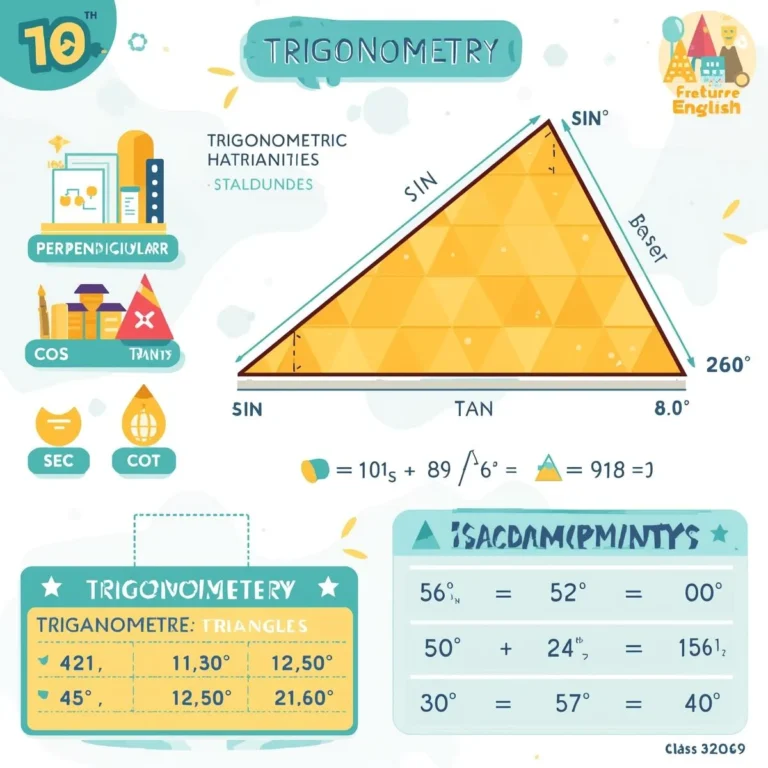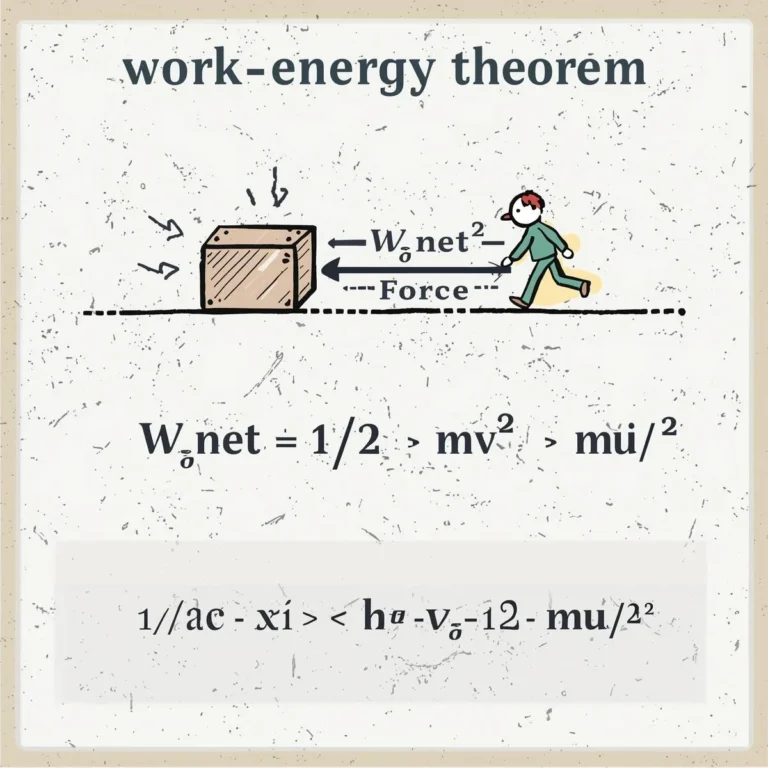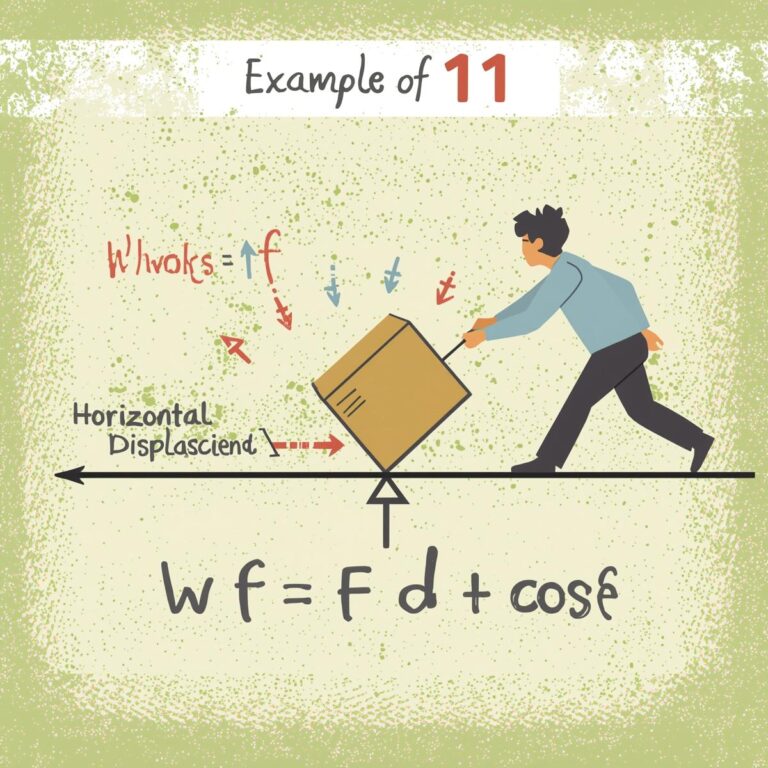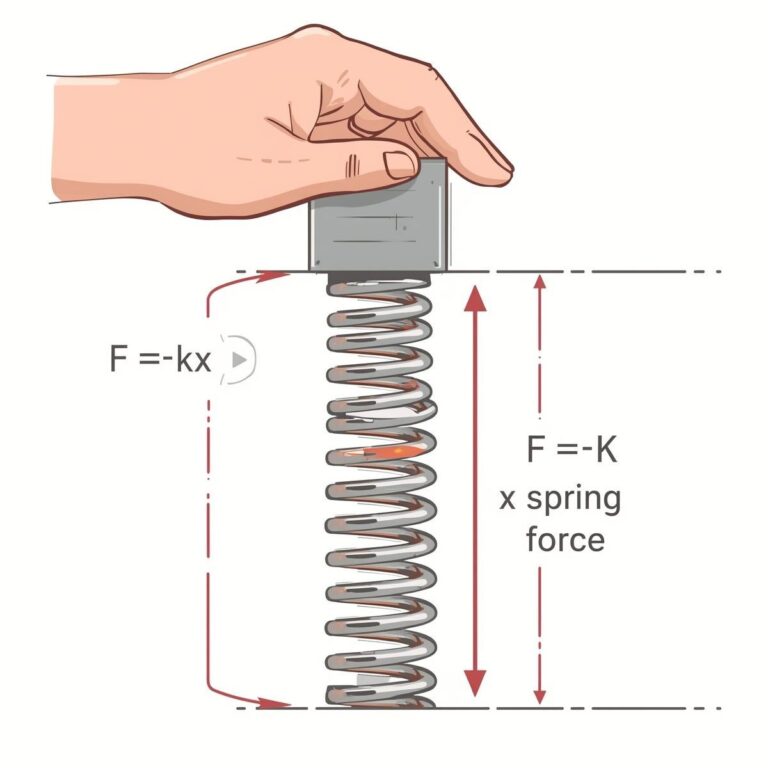Definition
A quadratic equation is a second-degree polynomial equation in one variable, usually written in the standard form:
( ax^2 + bx + c = 0 )
where ( a, b, c ) are real numbers and ( a \neq 0 ).

Example
Solve the quadratic equation:
( 2x^2 – 3x + 1 = 0 )
Methods of Solving Quadratic Equations
1. Factorization Method
- Express the quadratic equation in the form ( ax^2 + bx + c = 0 ).
- Factorize the quadratic expression.
- Set each factor to zero and solve for ( x ).
Example:
( x^2 – 5x + 6 = 0 )
( (x – 2)(x – 3) = 0 )
So, ( x = 2 ) or ( x = 3 )
2. Completing the Square Method
- Rewrite the equation in the form ( ax^2 + bx = -c ).
- Divide by ( a ) (if ( a \neq 1 )).
- Add and subtract ( \left(\frac{b}{2a}\right)^2 ) to complete the square.
- Solve for ( x ).
3. Quadratic Formula
For ( ax^2 + bx + c = 0 ), the roots are:
[ x = \frac{-b \pm \sqrt{b^2 – 4ac}}{2a} ]
Nature of Roots
The discriminant ( D = b^2 – 4ac ) determines the nature of the roots:
- If ( D > 0 ): Two distinct real roots
- If ( D = 0 ): Two equal real roots
- If ( D < 0 ): Two complex roots
Example Solution (Quadratic Formula)
Given: ( 2x^2 – 3x + 1 = 0 )
Here, ( a = 2, b = -3, c = 1 )
Discriminant:
( D = (-3)^2 – 4 \times 2 \times 1 = 9 – 8 = 1 )
Roots:
[ x = \frac{-(-3) \pm \sqrt{1}}{2 \times 2} = \frac{3 \pm 1}{4} ] So,
( x_1 = \frac{3 + 1}{4} = 1 )
( x_2 = \frac{3 – 1}{4} = \frac{1}{2} )
Formulas
- Standard form: ( ax^2 + bx + c = 0 )
- Quadratic formula: ( x = \frac{-b \pm \sqrt{b^2 – 4ac}}{2a} )
- Discriminant: ( D = b^2 – 4ac )
- Sum of roots: ( \alpha + \beta = -\frac{b}{a} )
- Product of roots: ( \alpha \beta = \frac{c}{a} )
Summary Table
| Form | Example | Roots |
|---|---|---|
| Standard | ( 2x^2 – 3x + 1 = 0 ) | ( x = 1, \frac{1}{2} ) |
| Factorized | ( (x – 2)(x – 3) = 0 ) | ( x = 2, 3 ) |
| Quadratic Formula | ( ax^2 + bx + c = 0 ) | ( x = \frac{-b \pm \sqrt{b^2 – 4ac}}{2a} ) |






